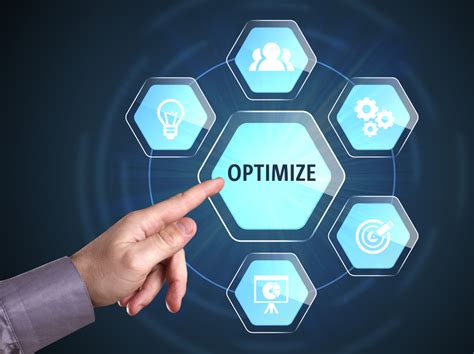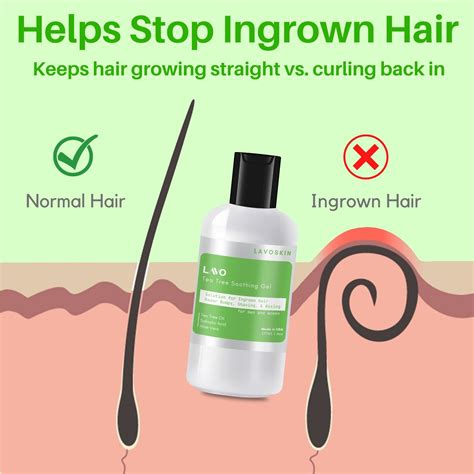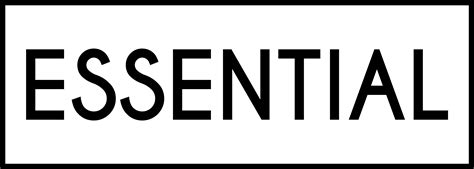Which recovery tech gear genuinely optimizes post-workout performance?

In the relentless pursuit of peak athletic performance, what happens after the workout is just as crucial as the training itself. Athletes and fitness enthusiasts are constantly seeking an edge, and the market for recovery tech gear has exploded, promising faster recuperation, reduced soreness, and improved subsequent performance. But amidst the hype, which of these high-tech tools truly deliver on their promises?
Understanding the Science of Recovery
Post-workout recovery is a complex physiological process involving muscle repair, replenishment of energy stores, reduction of inflammation, and restoration of physiological balance. Effective recovery minimizes delayed onset muscle soreness (DOMS), prevents overtraining, and allows the body to adapt and grow stronger. Modern recovery tech aims to accelerate or enhance these natural processes.
Top Recovery Tech Gear & Their Claims
Let’s dive into some of the most popular and promising recovery tools currently available, examining their mechanisms and potential benefits.
Percussive Massage Devices (Massage Guns)
Devices like Theragun or Hypervolt use rapid, repetitive strokes to apply pressure deep into muscle tissue. The theory is that percussive therapy increases blood flow, reduces muscle tightness, and helps to break up adhesions, thereby decreasing muscle soreness and improving range of motion. Many users report immediate relief and improved flexibility, making them a staple in many athletes’ bags.

Pneumatic Compression Boots
Brands like Normatec offer dynamic compression systems that inflate and deflate around the legs (or arms/hips) in a sequential pattern. This action is designed to mimic the natural muscle pump of the body, enhancing lymphatic drainage and venous return. By flushing metabolic waste products and reducing swelling, these boots aim to accelerate recovery and reduce muscle fatigue.
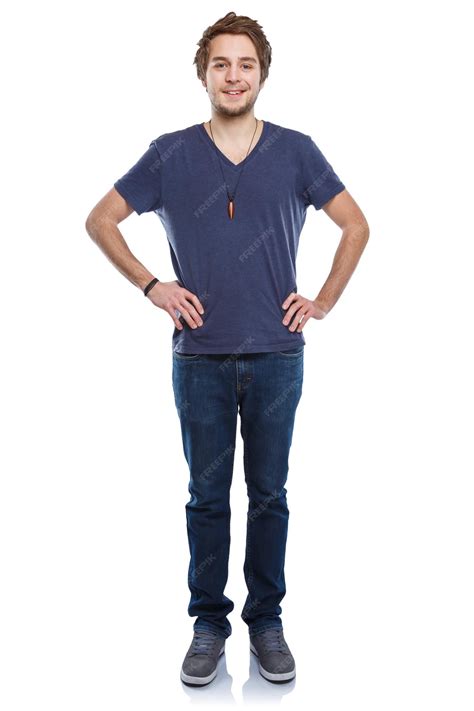
Red Light Therapy Devices
Also known as photobiomodulation (PBM), red light therapy uses specific wavelengths of red and near-infrared light to stimulate cellular function. Proponents suggest that exposing cells to these light wavelengths can enhance mitochondrial activity, reduce inflammation, improve circulation, and promote tissue repair. While still emerging, a growing body of research supports its potential for muscle recovery and pain relief.
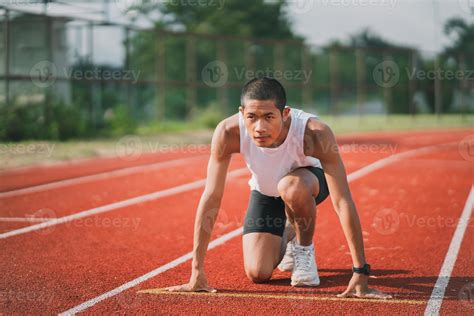
Smart Wearables for Recovery Tracking
Devices like Whoop, Oura Ring, and Garmin watches go beyond tracking workouts, focusing heavily on biometric data relevant to recovery. They monitor sleep quality, heart rate variability (HRV), resting heart rate, and respiratory rate to provide a daily ‘recovery score’. While not directly facilitating recovery, these tools offer invaluable insights, helping athletes adjust their training intensity based on their body’s readiness.
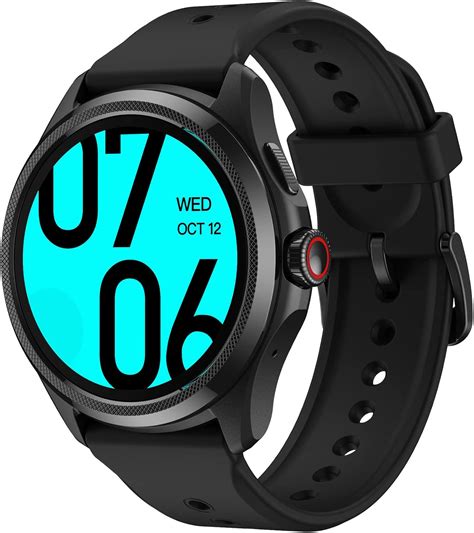
Cold Therapy Solutions
From traditional ice baths to modern cryotherapy chambers, cold therapy aims to reduce inflammation and muscle soreness by constricting blood vessels, thereby minimizing swelling and metabolic activity. While whole-body cryotherapy has gained popularity, localized cold compression devices offer a more accessible way to target specific muscle groups with similar aims.
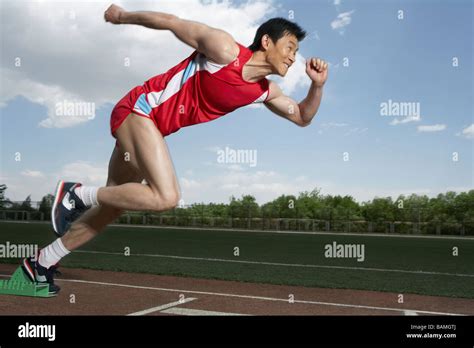
Do They Genuinely Work? Evidence vs. Hype
The effectiveness of recovery tech varies widely. Percussive massage devices and pneumatic compression boots generally receive strong anecdotal support and some scientific backing for reducing DOMS and improving circulation. Red light therapy shows promising results in cellular repair and inflammation reduction, though more large-scale studies are ongoing. Smart wearables are excellent for data collection and self-awareness, empowering athletes to make informed decisions about rest and training, rather than directly accelerating physiological recovery. Cold therapy, while effective for acute inflammation, should be used judiciously as some studies suggest it might blunt long-term adaptations to strength training if overused immediately post-workout.
Choosing the Right Gear for You
Selecting the best recovery tech depends on your specific needs, type of activity, and budget. Consider:
- Your primary recovery goals: Are you battling chronic soreness, seeking to improve range of motion, or needing better insights into your overall readiness?
- Type of activity: Endurance athletes might benefit more from compression, while strength trainers might prefer percussive therapy for localized muscle relief.
- Budget: Prices range from a few hundred dollars for a quality massage gun to several thousands for advanced compression systems or red light panels.
The Holistic Approach to Recovery
It’s crucial to remember that no tech gadget can replace fundamental recovery principles. Adequate sleep, proper nutrition, consistent hydration, and stress management remain the cornerstones of effective recovery. Recovery tech should be viewed as an adjunct, a tool to optimize an already solid foundation, not a substitute for these essential elements.
Ultimately, the recovery tech that genuinely optimizes post-workout performance is one that fits into your routine, addresses your specific needs, and complements a holistic approach to wellness. Experimentation, combined with listening to your body and consulting with professionals, will guide you to the tools that truly make a difference in your athletic journey.
